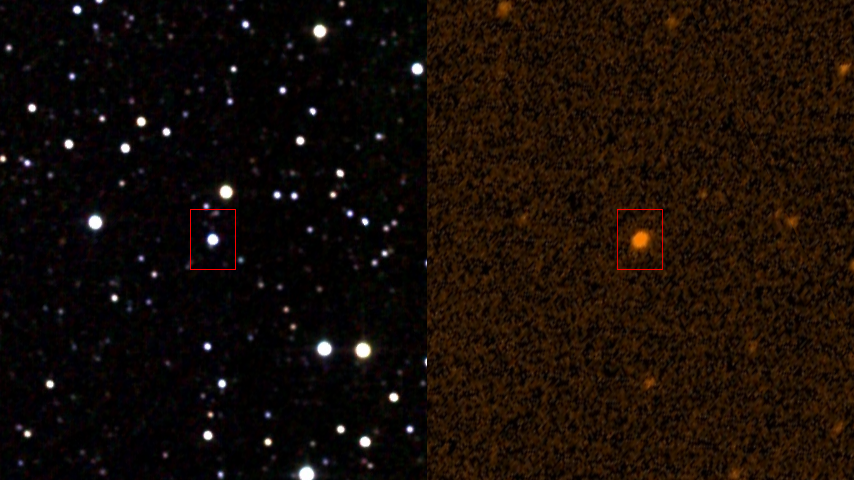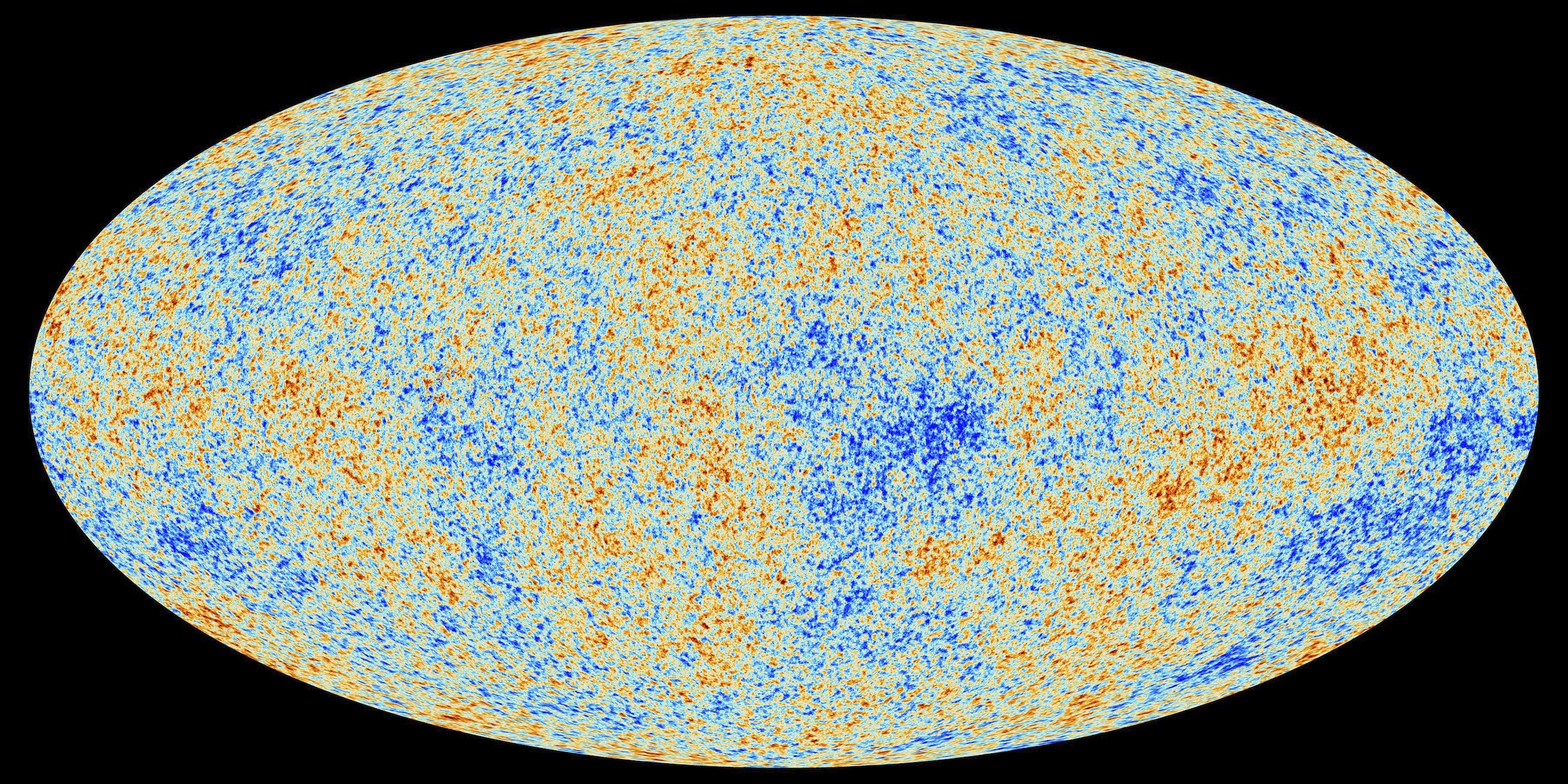Have you ever gazed at the night sky and wondered about its deepest secrets? Our universe holds mysteries that continue to baffle even the brightest scientific minds. From invisible forces to unexplained stellar behavior, these cosmic phenomena challenge everything we thought we knew about space.
Dark matter, an invisible force that makes up 27% of our universe, shapes galaxies and cosmic structures without ever being directly seen. Scientists can only detect its presence through its gravitational effects on visible matter. Think of it as a cosmic puppet master, pulling strings we cannot see but whose effects we observe everywhere in space.

Image credit: National Geographic
Moving deeper into space, we encounter the Great Attractor, a gravitational anomaly that draws thousands of galaxies toward it, including our Milky Way. This cosmic behemoth, hidden behind the Milky Way’s disk, exerts a pull so powerful that entire galaxy clusters dance to its gravitational tune. Despite its massive influence, its true nature remains shrouded in mystery.

Image credit: NASA/Wikipedia
Supermassive black hole pairs present another fascinating puzzle in our cosmic neighborhood. These giant celestial dancers orbit each other in a deadly waltz that can last millions of years. Their gravitational embrace is so powerful that they distort space-time itself, creating ripples that we can detect across billions of light-years.
Perhaps one of the most perplexing mysteries is Tabby’s Star, whose irregular dimming patterns have left astronomers scratching their heads. This seemingly ordinary star occasionally dims by up to 22%, defying conventional stellar behavior. While natural explanations like dust clouds exist, the star’s unpredictable light show continues to inspire both scientific theories and imaginative speculation.

Image credit: Wikipedia
The Cosmic Microwave Background radiation serves as the ultimate cosmic mystery, an echo of the Big Bang itself. This ancient light, pervading all of space, tells the story of our universe’s fiery birth. Yet, within its pattern lie anomalies that suggest our understanding of the cosmos earliest moments might be incomplete.

Image credit: Wikipedia
Each of these phenomena pushes the boundaries of our scientific understanding, reminding us that the universe holds more secrets than answers. As we develop more advanced tools and techniques, we inch closer to unraveling these cosmic mysteries, while undoubtedly discovering new ones along the way.
References:
Dark Matter and Dark Energy – National Geographic – link
Great Attractor – Wikipedia – link
Supermassive Black Hole – Wikipedia – link
Tabby’s Star – Wikipedia – link
Cosmic Microwave Background – Wikipedia – link
Categories: Astronomy, Do you know, Mysteries, Science, Space
Tags: Astronomy, black holes, cosmic microwave background, dark matter, Great Attractor, space mysteries, space science, tabby's star, universe
Religion: Secular
Country of Origin: World
Topic: Space Science
Ethnicity: Universal


